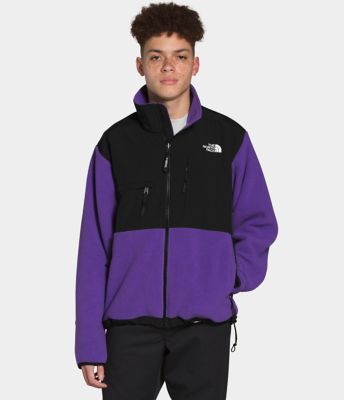Women’s Long Sleeve Bamboo Pajamas | Cozy Earth
Cozy Earth's women's long-sleeve bamboo pajamas are made of ultra-soft, machine washable, durable, and temperature regulating stretch-knit fabric.
Dieumerci is wearing a size XS, and is 5’5″. Made from Viscose from Bamboo. Oprah described our buttery soft loungewear as the “softest EVER”. Breathable and moisture-wicking fabric that feels degrees cooler than cotton – Never worry about hot flashes again! Machine washable enhanced weave made to last and never pill! We pride ourselves on the ethical production of all products.
- Our women’s long sleeve bamboo pajamas feature enhanced breathability and temperature regulation
- The perfect pajamas for warm weather
- Flattering stretch-knit viscose from bamboo-based fabric designed for every-BODY
- Supreme softness, hand, and drape with pockets
- Generously sized for relaxed luxury
- 95% Premium viscose from bamboo, 5% spandex
Machine wash cold, normal detergent, no fabric softener, no bleach. Machine dry normally. To minimize wrinkles, remove from dryer and put on hangers promptly.






by Kimberly
These pajamas are amazing. The bamboo fabric feels so soft. The design, aesthetic and functionality of these pj’s means they could be worn for anything.
by Cindy
I love how these pjs feel cool when needed and warm when needed. They are so soft and comfy and well made. Love them! I find that I don’t want to change into my daytime clothing unless I need to leave the house. Bonus: environmentally sound, made from bamboo!
by Ann
Very soft and comfortable